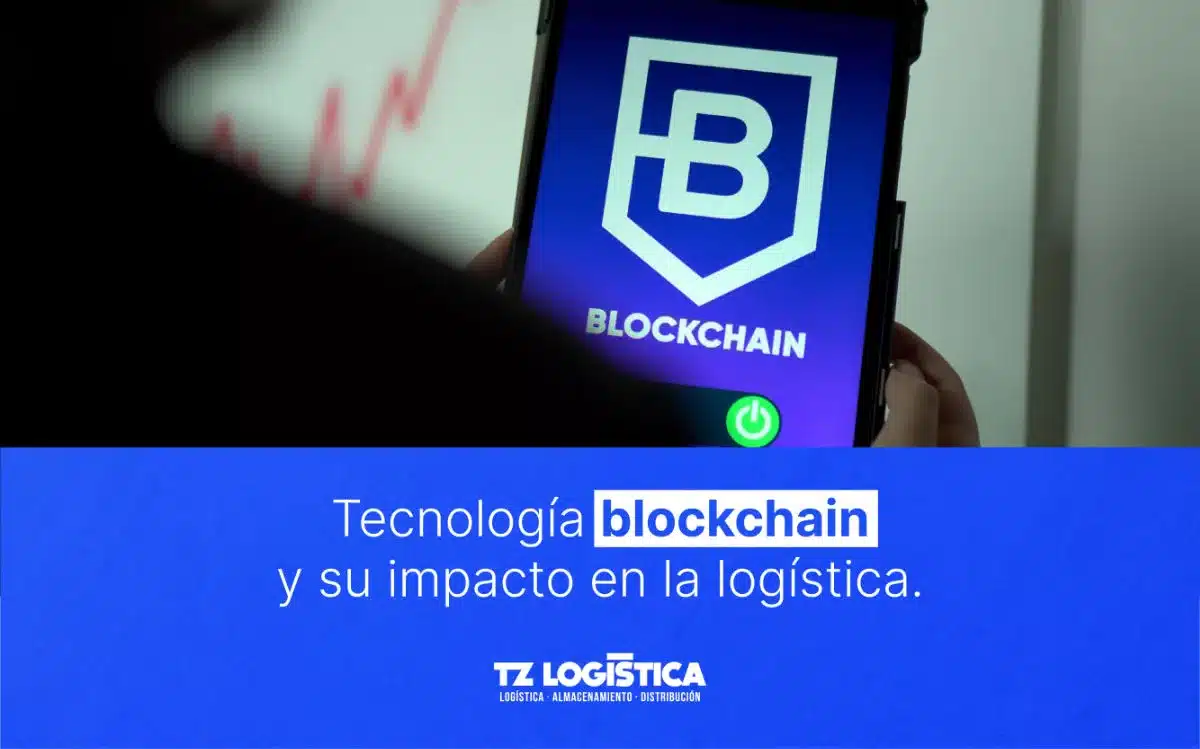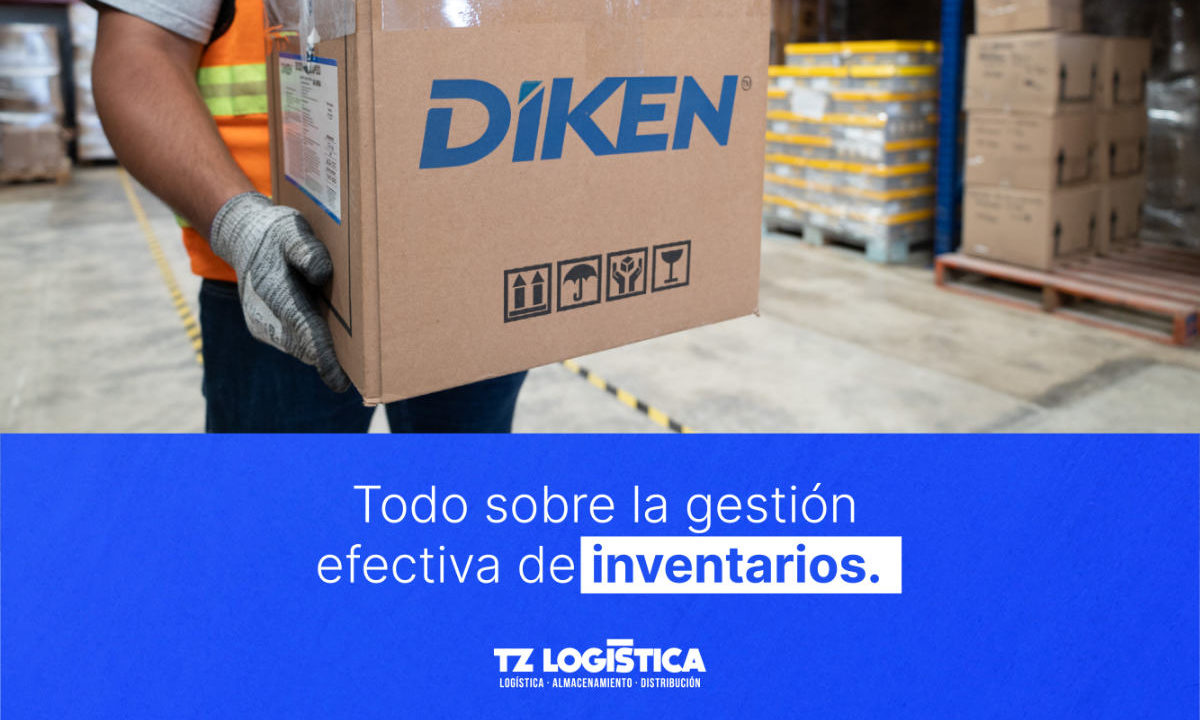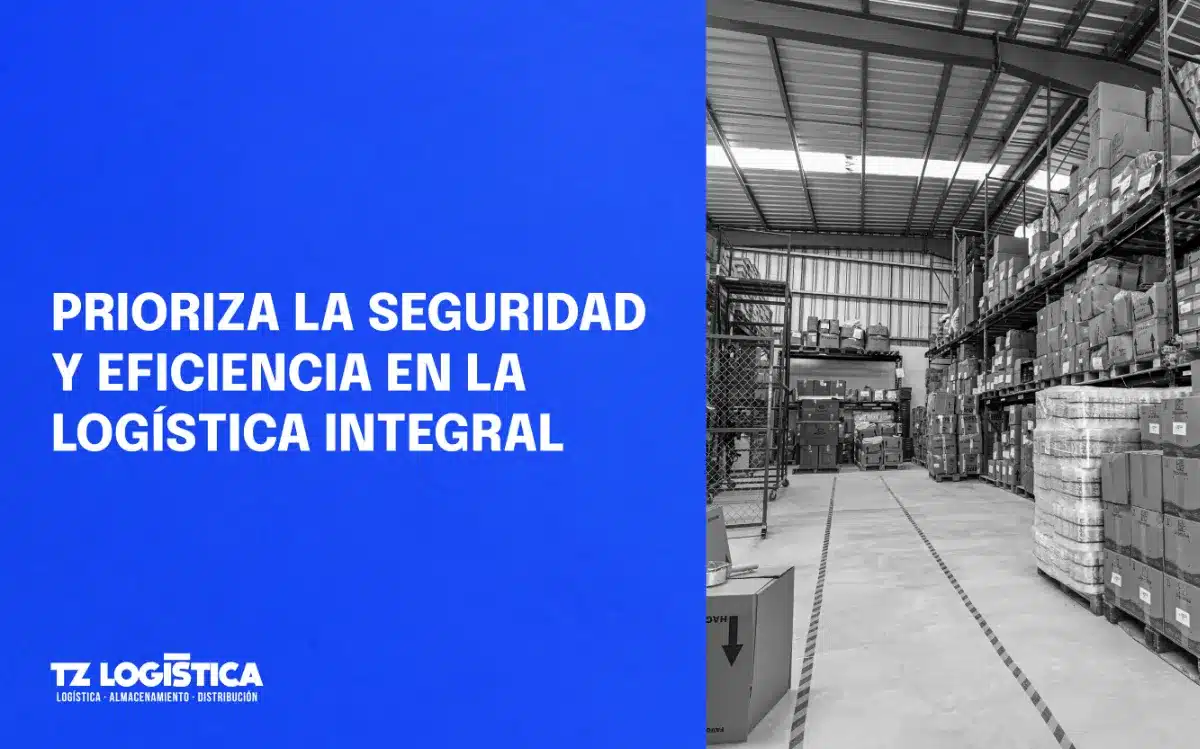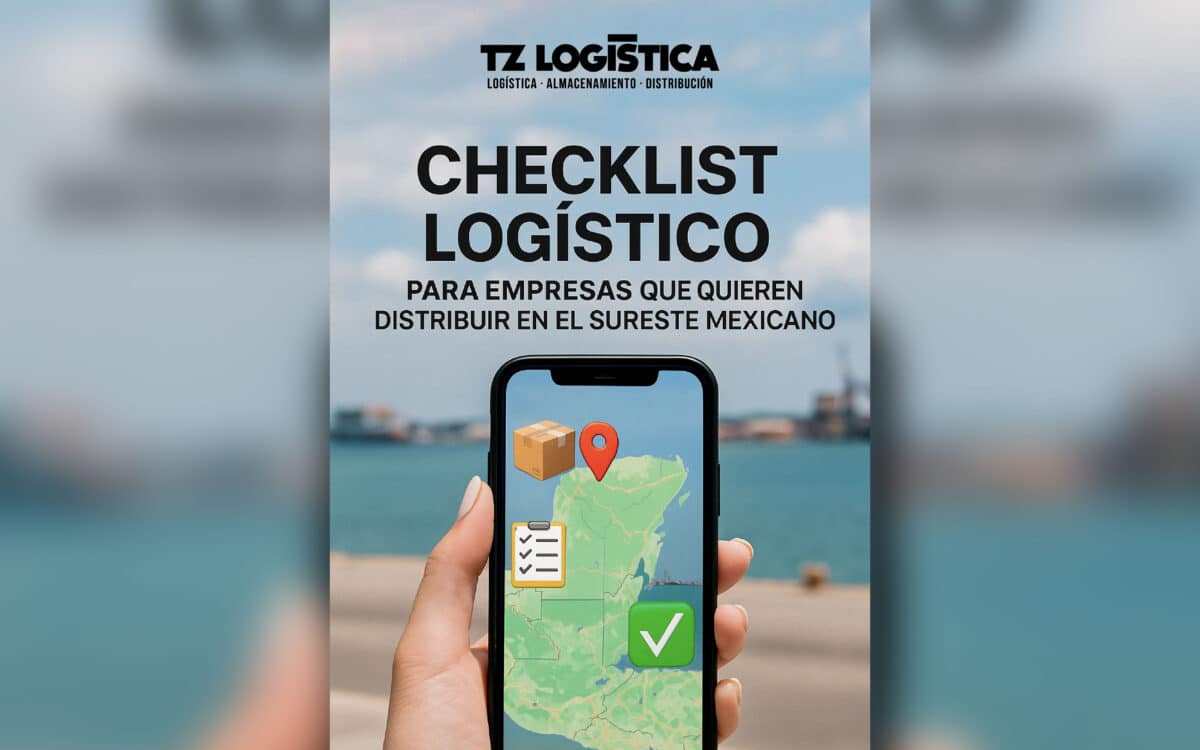Innovations in the last mile
The last mile, the last leg of the logistics process that connects the distribution center to the customer's final destination, is a critical and often complex stage in the supply chain. Today, last mile innovations are playing a transformative role in product delivery and distribution.
This article explores in detail how these innovations are shaping the future of the last mile and improving efficiency and customer experience.
Importance of the Last Mile.
The last mile is a crucial component of the supply chain, but it is also one of the most challenging. It is in this final stretch where the biggest logistical obstacles are found, from urban traffic to delivery in remote areas. Improving last mile efficiency not only reduces operating costs but also meets consumer expectations for fast and accurate deliveries.
Traditional challenges in the Last Mile.
Before exploring last mile innovations, it is crucial to understand traditional last mile challenges. Congested traffic, difficulty accessing precise addresses, and the need to coordinate deliveries in specific time windows are just some of the problems that logistics companies face regularly.
Real-time tracking technologies.
One of the most significant innovations is the implementation of real-time tracking technologies. From exact package location to accurate delivery time estimation, these technologies give customers and businesses unprecedented visibility into every step of the delivery process. This not only reduces uncertainty but also allows for more efficient planning.
Trends in the last mile: Drones and aerial delivery.
Another exciting development is the use of drones for last-mile delivery. Leading companies are experimenting with air delivery to overcome obstacles such as traffic and reach hard-to-reach areas. Although still in the early stages, drone delivery promises to revolutionize the speed and accessibility of the last mile.
You may be interested in reading “Last mile transportation: how a mile makes a difference”
Robotics and autonomous deliveries.
Robotics is also playing a key role in the last mile. From autonomous delivery robots to automated vehicles, these solutions are designed to make deliveries efficiently and safely. These robots can navigate sidewalks and streets, navigate obstacles, and deliver packages right to the customer's door.
Automated collection points and lockers.
To address the challenge of deliveries to specific addresses, automated pick-up points and lockers are gaining popularity. These alternative delivery points allow customers to pick up their packages at convenient locations, such as local stores or public transportation stations, providing flexibility and eliminating the need to wait at home.
Sustainability in the Last Mile.
In addition to efficiency, sustainability is also at the heart of last mile innovations. Companies are exploring electric vehicles, bicycles and other sustainable modes of transportation to reduce carbon emissions associated with deliveries.
Future perspectives and pending challenges.
As innovations in the last mile continue to evolve, new challenges also arise. The regulation of drones and autonomous vehicles, public acceptance of these technologies, and the need for adequate infrastructure are areas that require continued attention. However, as these challenges are overcome, the last mile is on its way to becoming a faster, more efficient and sustainable experience for consumers.
Technological advances in the last mile are fundamentally transforming the way deliveries are made and distribution is managed. From real-time tracking technologies to drones and delivery robots, these innovations are addressing traditional challenges and improving efficiency in this critical phase of the supply chain. As we move towards the future of the last mile, we can anticipate a smarter, faster and more sustainable last mile.[/vc_column_text][/vc_column][/vc_row]











Leave a Reply